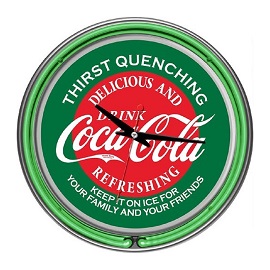MATCHLESS G12
The Matchless G12 was one of the last motorcycles under the Matchless name and was also produced as the AJS Model 31. Designed by Phil Walker, AMC knew that it had to be a 650 cc (39.7 cu in) but wanted to use as many parts from the Model 11 as possible. The cylinders could not be bored out further so the stroke was lengthened from 72.8 to 79.3 mm (2.87 to 3.12 in), resulting in a capacity of 646 cc (39.4 cu in). This meant developing a new crankshaft and primary chain case, which also provided the opportunity to add a Lucas alternator. Volume production began in September 1958.
MATCHLESS G12 DE LUXE
In 1959 the G12 was redesigned and modernized as the De Luxe with a new full cradle tubular duplex frame and a new cylinder head. Vibration had always been a problem, so the crankshaft was upgraded to nodular iron. If you tap the crankshaft and it rings it is not nodular iron, if it just goes ‘thud’ it is. Capable of 100 mph (160 km/h) performance, the G12 became popular with the American market.
MATCHLESS G12CS
The Matchless G12CS (sometimes referred to as the CSX) was an off-road version of the Matchless G12 with improved ground clearance and a slightly upswept exhaust and an 8.5:1 compression ratio. It was not a trials competition machine but instead aimed at the ‘desert racer’ market in the US. While never as popular as rivals Triumph and BSA 650’s in Open Class desert competition, the Matchless was powered by a high torque and reliable motor suspended with the superior Teledraulic front fork.
MATCHLESS G12CS HURICANE
If you look at a British book on Matchless, it will say that the company started building the 650cc G12 in 1959, but in 1958 US importer Frank Cooper ordered about 240 special 650cc G12CS Hurricanes for racing against the 650cc Triumphs and BSA’s. Most of those bikes went to the race tracks and took a beating.
MATCHLESS G12CSR
The Matchless G12CSR designation officially stood for “Competition/Sprung/Roadster,” the same nomenclature used with the G80 and G50 models. It is mistakenly referenced as Competition/Sport/Road. It was dubbed the Coffee Shop Racer by its rivals. With its distinctive two-into-one ‘siamese’ exhaust system and upgraded camshafts the CSR was a high performance motorcycle with what was, at the time, a high compression ratio of 8.5:1, distinguishing it and the G12CS from the other G12 models, having a 7.5:1 compression ratio. The factory diverted Chief Engineer Jack Williams from AJS 7R development to address the problems with leaks, vibration, and modify the bikes for racing with the result that Ron Langston and Don Chapman won the prestigious Thruxton 500 long distance endurance race on the AJS Model 31 counterpart to the G12. Encouraged by this victory in 1963 the G12CSR gained the name Monarch and twin carburetors (the AJS version was renamed the Hurricane).
MATCHLESS G15/45
In 1964 the CSR gained Norton brakes and forks, and the following year a Norton Atlas 750 cc (45.8 cu in) engine replaced the trouble prone AMC unit. In 1962 and 1963, AMC had produced a limited run of 212 touring motorcycles of 738 cc (45.0 cu in) displacement using an enlarged version of the G12 AMC-designed engine, but these bikes which were given the model designation “G15/45” proved even less reliable than the 650 cc (39.7 cu in) version when ridden hard. So AMC’s original plans to develop a 750 cc desert racer version were abandoned. If successful, this could have saved the company as there was a huge un-met demand in the US for powerful desert racers to compete in endurance events. By this time the company were in financial trouble and production ended in 1966.



